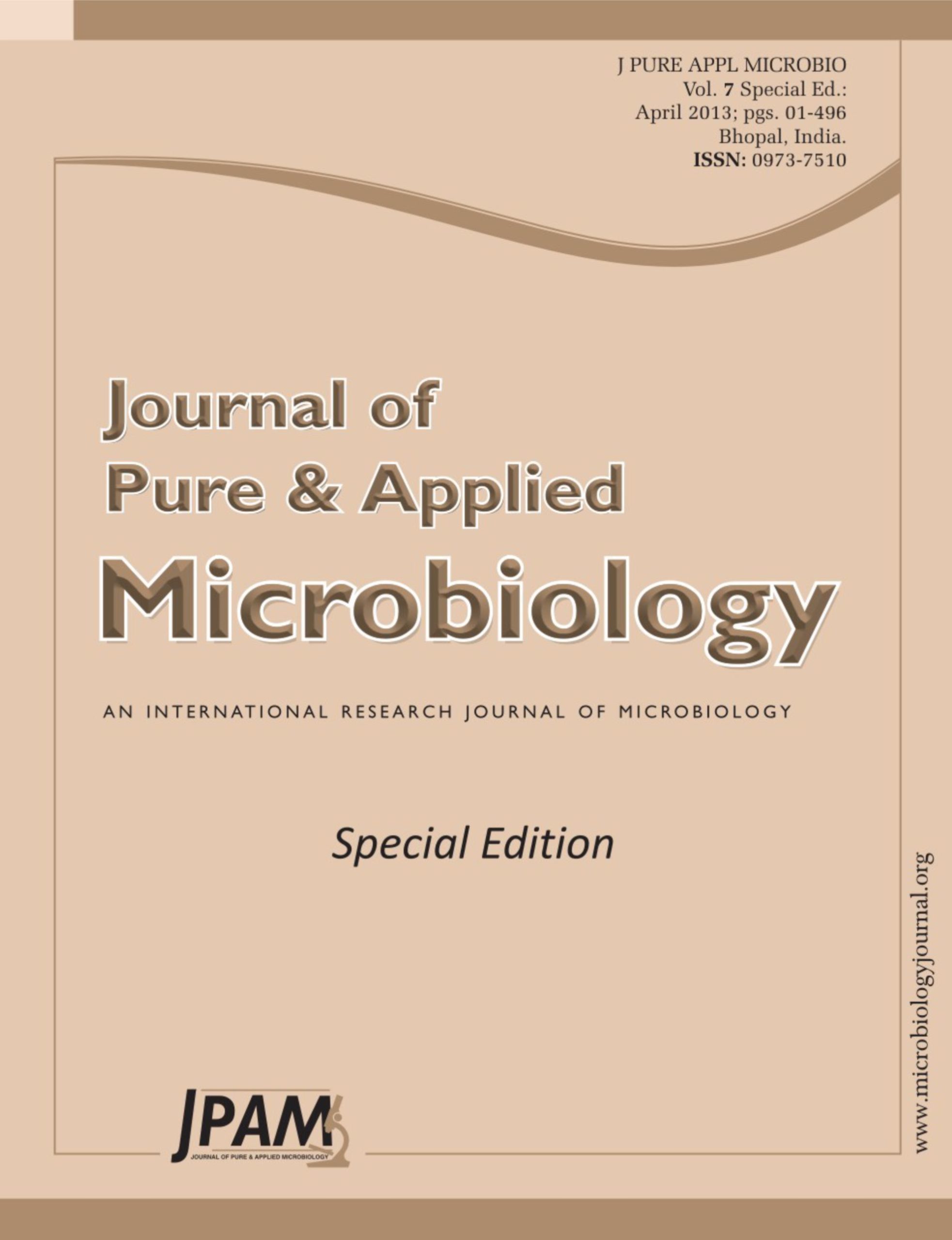The wrist pulse has been used to diagnose diseases for thousands of years in Traditional Chinese Medicine (TCM). It can reflect the condition of the cardiovascular system, which involves a great deal of nonlinearity. The traditional linear analysis may exclude the nonlinear properties of wrist pulse signals, and the interval variability analysis of pulse signals may be inadequate when changes in pulse morphology are not considered. Therefore, windowed multiscale entropy (WMSE) are proposed and windowed recurrence quantification analysis (WRQA) are used, both of which consider the effect of changes in the morphology of a pulse signal, in the current paper to analyze three TCM pulse signals, namely, normal, slippery, and wiry pulses. The results from the current study reveal clearly that when the cardiovascular system is represented by a wiry pulse, there is a loss of complexity in the results of WMSE and WRQA compared with the results from other kinds of pulse signals. Although the differences in the analyzed results between the normal and slippery pulse signals are not as significant as those between the wiry pulse signals and the two other groups, normal pulse signals are found to be slightly more stable than slippery signals based on SWMSE and SWRQA. The classification results show that these analyses are useful in distinguishing the three common kinds of TCM pulses to benefit pulse diagnosis. The analysis of pulse signals using WMSE and WRQA, both of which consider the effect of changes in the morphology of a pulse signal, is appropriate and may be useful for distinguishing the three common kinds of pulses defined in TCM, thereby benefitting pulse diagnosis.
Pulse diagnosis, Morphology variability analysis, Multiscale entropy, Recurrence quantification analysis, Traditional Chinese Medicine
© The Author(s) 2013. Open Access. This article is distributed under the terms of the Creative Commons Attribution 4.0 International License which permits unrestricted use, sharing, distribution, and reproduction in any medium, provided you give appropriate credit to the original author(s) and the source, provide a link to the Creative Commons license, and indicate if changes were made.


